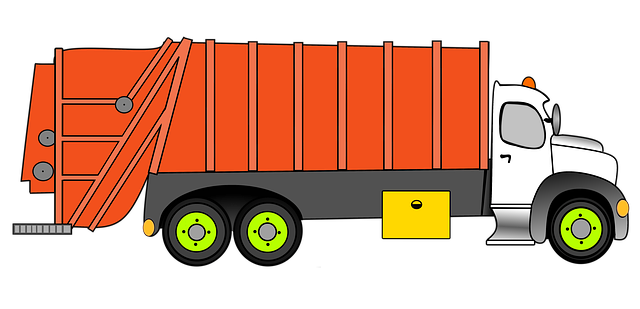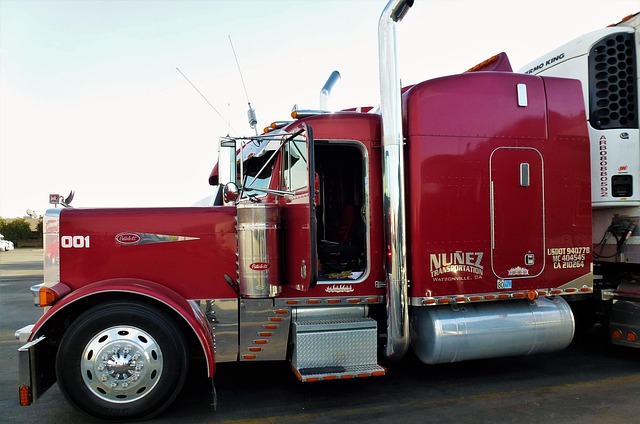Looking to register your car in California? This comprehensive guide walks you through every step, from understanding your Vehicle Identification Number (VIN) verification to choosing an approved DMV office and completing the registration form accurately. We’ll also cover gathering essential documents, paying fees, and obtaining your custom plates. Discover the key processes involved in a seamless car registration experience using reliable vin verifier services.
- Understanding Vehicle Identification Number (VIN) Verification
- Gathering Necessary Documents for Car Registration
- Choosing an Approved California Motor Vehicle Office (DMV)
- Completing the Registration Application Form Accurately
- Paying the Required Registration Fees and Obtaining Your Plate
Understanding Vehicle Identification Number (VIN) Verification

Understanding Vehicle Identification Number (VIN) Verification is a crucial step when registering your car in California. The VIN is unique to each vehicle and serves as a universal identifier, much like a fingerprint. It’s essential for several reasons, including ensuring the car’s history is accurately represented and preventing fraud. A reliable vin verifier, often available through mobile vin inspection services, cross-references the VIN with various databases to gather critical information such as ownership history, accident reports, outstanding loans, and potential odometer rollbacks.
In California, a mobile vin inspection can be particularly convenient. These services bring the verification process directly to you, saving time and effort compared to traditional methods. With the help of advanced technology, these mobile vin verifiers provide accurate, real-time data, ensuring that when you register your car, all the necessary details are correct. This not only simplifies the registration process but also helps protect you from potential issues in the future.
Gathering Necessary Documents for Car Registration

Before you start the car registration process in California, it’s crucial to gather all the essential documents. One critical step is to verify your vehicle’s unique identifier, known as the Vehicle Identification Number (VIN). A VIN verifier, whether through a mobile vin verification service or traditional inspection, plays a vital role in ensuring the accuracy of your vehicle’s details. This process involves cross-referencing your car’s information with reliable databases to confirm its make, model, year, and other specifications.
During this preparation, you’ll need to obtain important papers such as the title, registration certificate (if applicable), proof of insurance, and a valid driver’s license. Additionally, some agencies might require a smog test certificate or a safety inspection report. For convenience, consider utilizing mobile vin inspection services that can be done directly from your home, making the initial steps of car registration seamless and efficient.
Choosing an Approved California Motor Vehicle Office (DMV)

When registering your car in California, selecting an Approved California Motor Vehicle Office (DMV) is a crucial step in the process. The DMV acts as the primary point of contact for all vehicle-related transactions, including registration, titling, and even vehicle history checks using a VIN verifier. Not all offices are created equal, so it’s essential to choose one that aligns with your needs and preferences.
California offers both in-person visits and various mobile services, such as a mobile VIN verifier or mobile VIN inspection, for added convenience. If you’re pressed for time or prefer the flexibility of remote services, consider using a mobile VIN verifier to streamline the registration process from the comfort of your home or office. This alternative approach can save you valuable time and effort while ensuring that your vehicle’s details are accurately verified by a trusted source.
Completing the Registration Application Form Accurately

When filling out the Registration Application Form for California, accuracy is key. It’s crucial to input your vehicle’s information precisely, especially the Vehicle Identification Number (VIN). Double-check each detail, from the make and model to the year of manufacture, as even a minor error can delay the registration process. The VIN, in particular, serves as a unique identifier for your car, similar to a fingerprint. It’s essential to use a reliable mobile vin verifier or mobile vin inspection tool to ensure the number is accurate before submitting the form.
A common mistake is transposing numbers or misspelling manufacturers’ names. To avoid these pitfalls, consider utilizing modern technology like mobile vin verification apps that can instantly cross-reference your VIN data with official databases. This not only streamlines the registration process but also reduces the risk of errors. Remember, a well-filled out application form is the first step towards a smooth and efficient California vehicle registration experience.
Paying the Required Registration Fees and Obtaining Your Plate

After completing your vehicle’s registration application, the next step is to pay the required fees and obtain your license plate. In California, these fees cover various costs associated with vehicle registration, including administration, road maintenance, and environmental programs. The amount you pay will depend on factors like your vehicle’s make and model, age, and type of fuel it uses.
Once the fees are settled, it’s time to receive your license plate. This process is typically handled by the California Department of Motor Vehicles (DMV). You can either pick up your plates in person or, for added convenience, opt for a mobile vin inspection or mobile vin verification service. These services allow you to have a professional perform an on-site check using your Vehicle Identification Number (VIN) verifier, ensuring a swift and hassle-free plate issuance.
Registering a car in California involves several straightforward steps, from VIN verification using a reliable vin verifier to gathering essential documents. By choosing an approved California DMV office and accurately completing the registration application form, you can efficiently obtain your vehicle’s plates. Always ensure you have all necessary paperwork and fees ready to streamline the process and hit the road legally.
